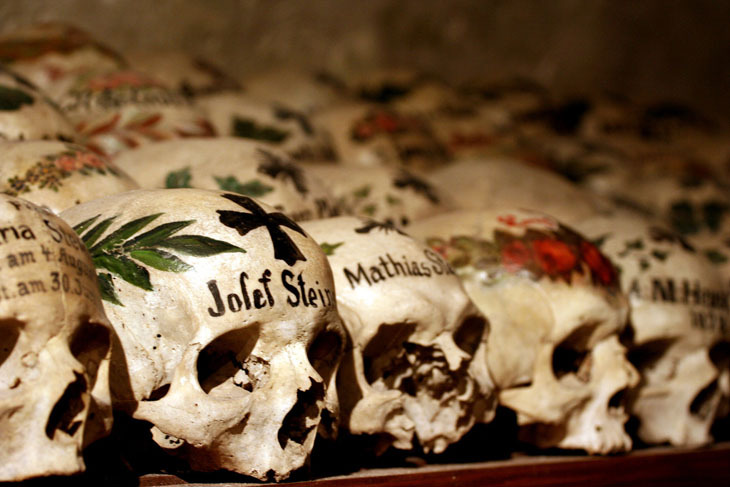
Kaihō Yūtoku - Crow Tengu (Karasu Tengu 烏天狗) Late Edo Period
Color on Silk, Hanging Scroll - 54.9 x 43.8 cm
Sairin-ji Temple 西林寺, Kyoto Prefecture
Color on Silk, Hanging Scroll - 54.9 x 43.8 cm
Sairin-ji Temple 西林寺, Kyoto Prefecture
.
Tengu (天狗?, "heavenly dogs") are a class of supernatural creatures found in Japanese folklore, art, theater, and literature. They are one of the best known yōkai (monster-spirits) and are sometimes worshipped as Shinto kami (revered spirits or gods). Although they take their name from a dog-like Chinese demon (Tiangou), the tengu were originally thought to take the forms of birds of prey, and they are traditionally depicted with both human and avian characteristics. They appear in the children's story 'Banner in the sky' when the main character trips over one and falls off the face of the mountain. The earliest tengu were pictured with beaks, but this feature has often been humanized as an unnaturally long nose, which today is practically the tengu's defining characteristic in the popular imagination..
Buddhism long held that the tengu were disruptive demons and harbingers of war. Their image gradually softened, however, into one of protective, if still dangerous, spirits of the mountains and forests. Tengu are associated with the ascetic practice known as Shugendō, and they are usually depicted in the distinctive garb of its followers, the yamabushi.
.
.












































Nessun commento:
Posta un commento